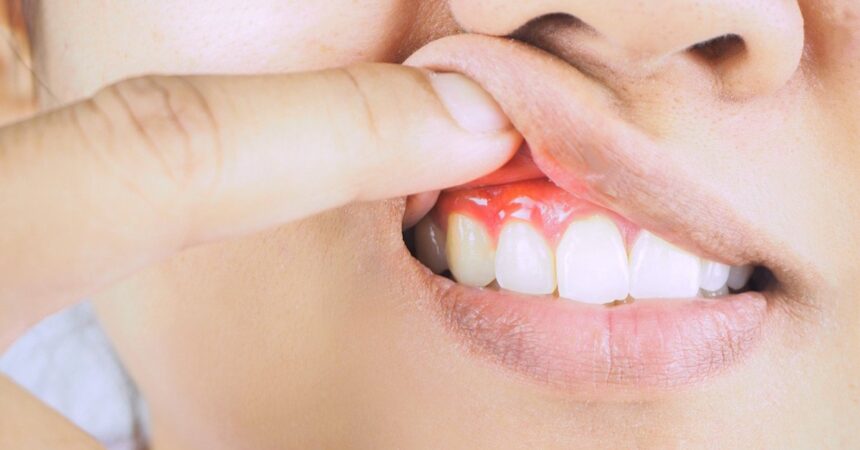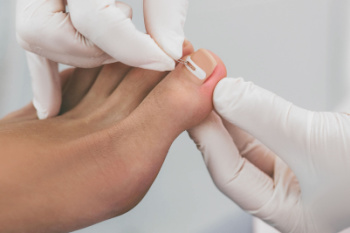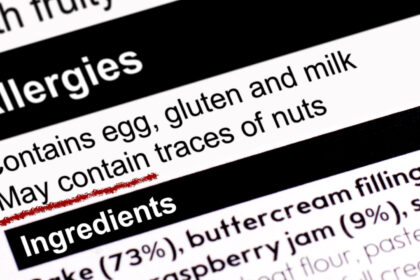Periodontal disease affects nearly half of all adults in the United States, making it one of the most common dental conditions. This progressive gum infection can lead to tooth loss and other serious health complications if left untreated. Understanding the causes, symptoms, and stages can help you maintain your oral health and prevent long-term damage.
What Is Periodontal Disease?
Periodontal disease is a bacterial infection that affects the tissues surrounding and supporting your teeth. The condition begins as gingivitis, a mild inflammation of the gums, and can progress to periodontitis, a more severe form that damages the soft tissue and bone. Infection occurs when bacteria in dental plaque accumulate along the gum line, causing inflammation and tissue destruction.
The disease primarily targets the periodontal ligament and bone that hold teeth in place. As the infection progresses, it creates pockets between the teeth and gums where bacteria can thrive. These pockets deepen over time, leading to further tissue damage and potential tooth loss.
What Causes It?
Poor oral hygiene is the primary cause of periodontal disease. When plaque and tartar build up on teeth, bacteria multiply and produce toxins that irritate the gums. This bacterial accumulation triggers an inflammatory response that damages the surrounding tissues.
Several risk factors can increase your likelihood of developing this disease. Smoking and tobacco use impair the body’s ability to fight infection and heal damaged tissue. Genetic factors also play a role, as some individuals are naturally more susceptible to gum disease. Medical conditions such as diabetes, heart disease, and autoimmune disorders can compromise the immune system and make periodontal disease more likely to develop.
What Are the Symptoms?
Early-stage periodontal disease often presents subtle symptoms that patients may overlook. Red, swollen, or tender gums are common initial signs of the condition. Bleeding during brushing or flossing frequently occurs as the gums become inflamed and sensitive.
As the disease progresses, symptoms become more pronounced. Persistent bad breath or a bad taste in the mouth may develop due to bacterial growth. Gums may begin to recede, making teeth appear longer than usual. Loose or shifting teeth can occur in advanced stages when the supporting bone structure becomes compromised.
What Are the Different Stages?
This disease progresses through distinct stages, each requiring different treatment approaches. Gingivitis represents the earliest stage, characterized by gum inflammation without any loss of bone or tissue. At this stage, the condition is reversible with proper oral hygiene and professional cleaning.
Mild periodontitis marks the beginning of irreversible damage to the teeth and gums. Gums start to pull away from teeth, creating small pockets where bacteria can accumulate. Some bone loss may occur, but teeth typically remain stable. Moderate periodontitis involves deeper pocket formation and more significant bone loss, potentially causing teeth to become loose or shift position.
Advanced periodontitis represents the most severe stage of the disease. Extensive bone loss occurs, and teeth may become so loose that they require removal. The infection may spread to other areas of the mouth and may contribute to systemic health problems.
See a Dental Specialist Now
Periodontal disease is a serious condition that requires prompt professional attention. Early detection and treatment can prevent progression to more advanced stages and preserve your natural teeth. Regular dental checkups and maintaining good oral hygiene help you defend against this common but preventable disease. If you notice any symptoms of this disease, schedule an appointment with a dental professional as soon as possible.









